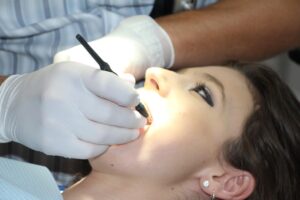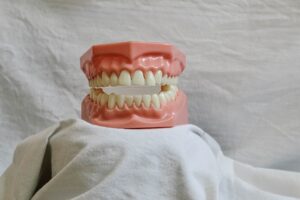The founder of Clínica Birbe signs another article on orthognathic surgery in the journal of the European Society of Medicine. In it, he discusses the intervention as one of the most powerful tools of maxillofacial surgery and takes into account both its power to correct facial imbalance and to improve vital functions in a comprehensive way.
Aesthetic and functional benefits
The title of Dr. Joan Birbe ‘s article for Medical Research Archives, a journal published by the European Society of Medicine and one of the most important international publications in the medical field, is Orthognathic Surgery for Aesthetic and Functional Outcomes. In it, the founder of Clínica Birbe in Barcelona focuses on the double type of benefits of this intervention.
As he points out, apart from correcting dentofacial skeletal discrepancies that cannot be solved with simple orthodontic treatment, thanks to its holistic approach, orthognathic surgery has a profound impact on both facial harmony and vital functions such as chewing, breathing, phonation and joint stability.
Precision surgical planning and multidisciplinary approach
In his study, Dr Birbe explains the importance of the interdisciplinary approach and the essential role of planning in the success of orthognathic surgery. He stresses the importance of collaboration between orthodontists, maxillofacial surgeons and rehabilitation specialists in order to provide individualised treatment, tailored to the anatomical and functional needs of each patient.
The process begins with a pre-operative orthodontic phase so that the dental position accurately reflects the underlying skeletal discrepancy. This facilitates a more efficient and predictable surgery.
Birbe also highlights the key role of technology in this phase. The use of digital tools such as 3D virtual planning and surgical simulations ensures diagnostic accuracy and outcome prediction.
Functional considerations: beyond aesthetics
One of the main contributions of the article is the analysis of the functional impact of this surgery. While orthognathic surgery is often associated with a purely aesthetic goal, Dr Birbe emphasises that the functional benefits are just as important, and in many cases, a priority.
On this point, he highlights several of its functional benefits. On the one hand, it improves occlusal stability by correctly aligning the teeth and skeleton, protecting the temporomandibular joint (TMJ). In addition, it helps to improve the upper airway, especially in cases of mandibular retrognathia, reducing obstructive sleep apnoea. An improvement in speech function is also observed, especially in patients with malformations affecting tongue mobility.
Postoperative rehabilitation is another crucial point it also addresses, requiring coordinated follow-up with physiotherapy, pain control and orthodontic adjustments to ensure long-term functional stability and optimal recovery.
Facial harmony and patient perception
In the article, Birbe discusses how orthognathic surgery can transform facial harmony. By correcting disproportions of the facial skeleton, it is possible to achieve symmetry and balance that not only improves the external image, but also the patient’s self-esteem.
This specialist in maxillofacial and oral surgery emphasises that changes in the soft tissues (lips, cheeks, chin) are especially important for the aesthetic perception of the result. Digital planning makes it possible to anticipate how these tissues will respond to bone movement, which favours more natural and satisfactory results.
Dr. Joan Birbe adds one last key aspect: the patient’s subjective perception. He stresses that the success of surgery is not only measured in technical parameters, but also in their degree of satisfaction, their sense of facial balance and their psychological well-being. Preoperative dialogue and expectation management are therefore essential.
In his conclusion, Clínica Birbe’s Medical Director reminds us that orthognathic surgery is a discipline in constant evolution, combining technological advances with a patient-centred approach. Thanks to this, it is now possible to achieve highly personalised results that transform the facial appearance and, at the same time, significantly improve the functionality of the stomatognathic system and, with it, the quality of life.
For more details, the full article can be found at this link: DOI.
Article written by the Editorial Board of Birbe



